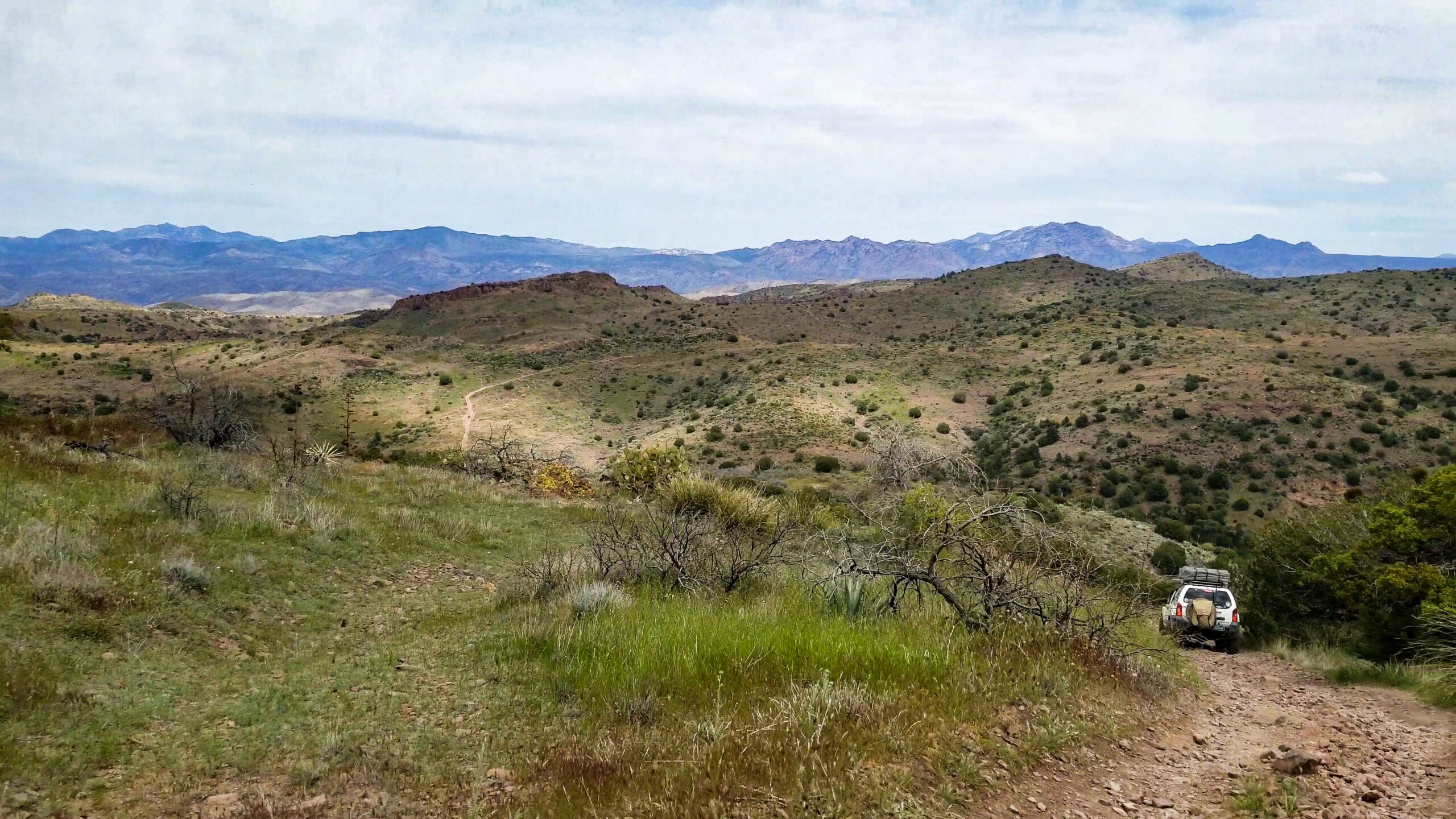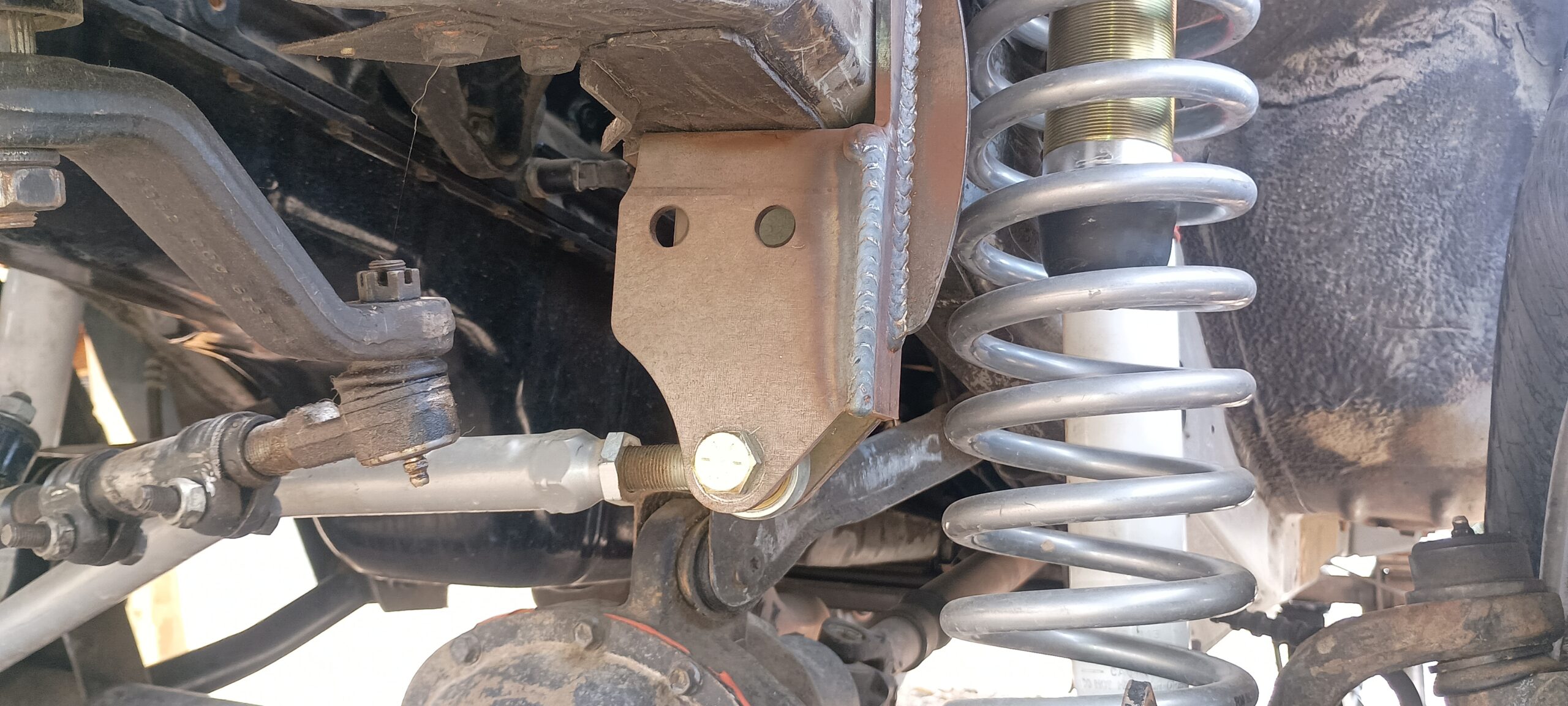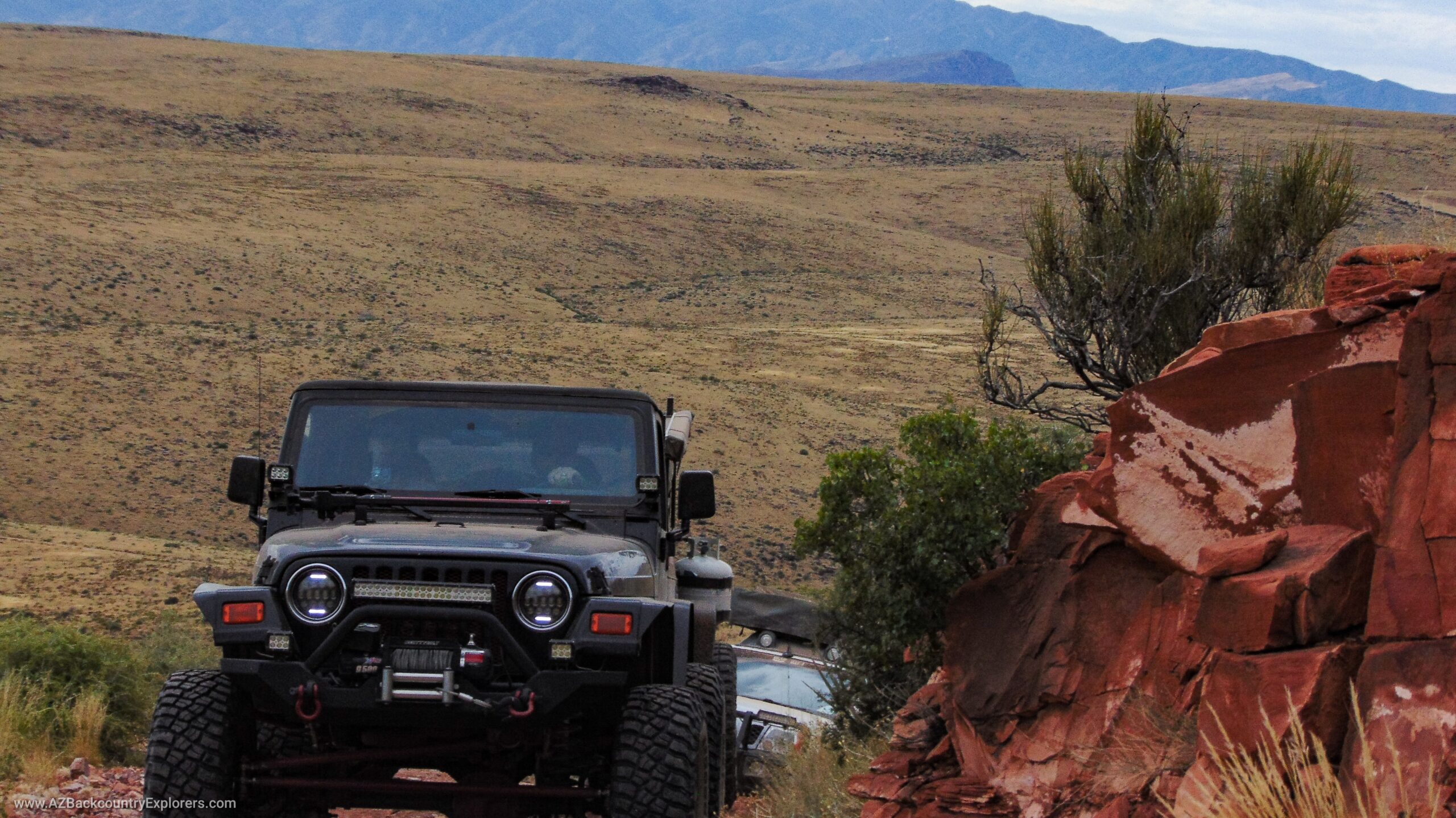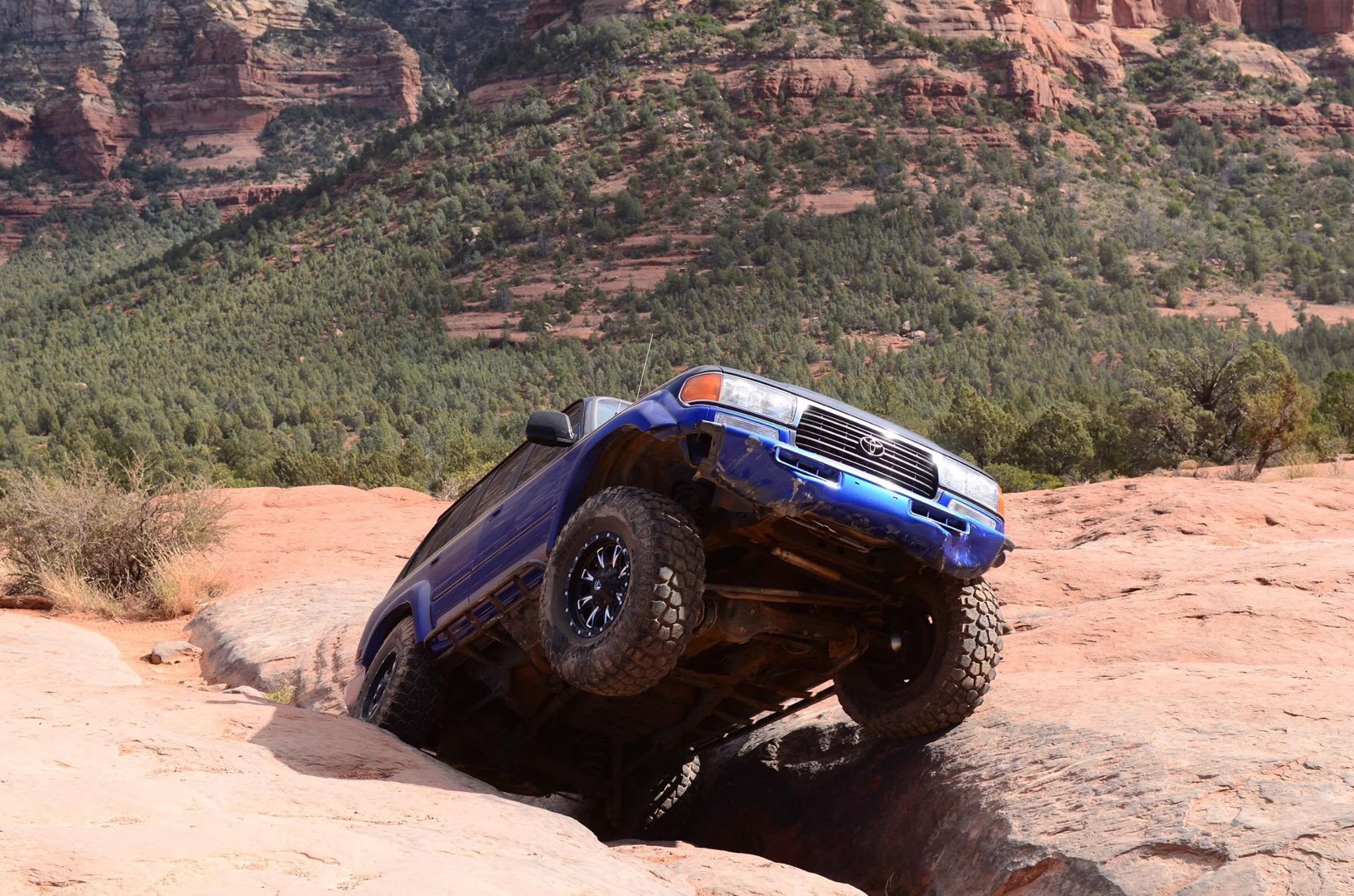Comprehensive Guide to Regearing a Differential for 4×4 Vehicles
Regearing your differential is an essential modification for any 4×4 to maintain optimal performance after installing larger tires, while carrying heavy loads, or tackling challenging off-road conditions. This guide will walk you through the reasons for regearing, the process of choosing the right gear ratio, and the technical steps involved in setting up a differential. It’s aimed at both seasoned off-roaders and newcomers who want to understand how to get optimal performance from their 4×4. We’ll cover everything from understanding differential components and selecting the best gear ratio to the exact steps involved in changing out ring and pinion gears and ensuring proper break-in.
Why Lower Gears Matters for Larger Tires and 4×4 performance
When you put larger tires on a 4×4 vehicle, the effects on your drivetrain and engine efficiency are substantial. Larger tires have a greater circumference, so they cover more ground with each rotation. While this may sound like an advantage, it forces the engine to work harder because each rotation requires more torque. The most common result of larger tires without a gear adjustment is sluggish acceleration, an increased load on the engine, and a hard time staying in overdrive, which can lead to reduced fuel economy and greater wear on drivetrain components.
To bring everything back into balance, regearing the differential to a lower (numerically higher) gear ratio restores performance and efficiency. This change adjusts the final drive ratio to account for the new demands placed on the engine and drivetrain, compensating for the larger tire size and allowing your vehicle to perform smoothly on the pavement and, especially, on the backroads. By reconfiguring the gear ratio, you’ll be able to keep your engine RPM at an ideal level for torque, fuel economy, and power output. Generally, a gear ratio that keeps your engine RPM above 2600 at 65 mph is ideal for off-road and on-road performance.
Choosing the Right Gear Ratio for your 4×4 vehicle
Selecting the correct gear ratio depends on your desired performance characteristics, which is critical for maintaining optimal performance with larger tires. For example, if you’ve upgraded from stock tires to larger tires, you’ll likely need to change to a numerically higher ratio, such as from 3.73 to 4.56 or even 5.13, depending on tire size or desired gear reduction. Gear ratio charts are available and provide an easy reference for determining the right gearing. These charts help match your tire size with the desired RPM to the most appropriate ratio for your setup.
In addition, many 4×4 differentials, such as the Dana Spicer series, offer a wide range of gear ratios that can be selected to fine-tune your final drive ratio. However, some differentials only have limited options available from OEM manufacturers, so if your vehicle doesn’t support aftermarket ratios, you might be restricted to stock options unless you swap out for a more versatile differential. Many off-road vehicles benefit from lower-than-normal ratios specifically for rock crawling and extreme off-road driving, where low-end torque and slow, controlled crawling are more important than drivability on the street. However, for those who use their vehicle on the road, it’s important to balance low gearing with highway performance and keep the RPMs in an optimal range.
Components of the Automotive Differential
A typical differential setup in a 4×4 includes a ring and pinion gear, which are responsible for the gear ratio, as well as bearings, a carrier, and shims to hold everything in the correct position. Each differential is designed with slight manufacturing tolerances, meaning each unit might have small variations in shape, which are corrected using shims. In solid axles, especially those used in heavy-duty and off-road vehicles, differentials are generally made of cast iron for durability. Independent front suspension (IFS) axles, which are common in newer vehicles, use lighter materials like aluminum for weight savings, though they may lack the durability of cast-iron axles in hardcore off-road use. Some people even swap an IFS setup for a solid front axle conversion to gain strength and durability, although this modification often requires extensive fabrication and a complete redesign of the front suspension.
The Regearing Process: Replacing Ring and Pinion Gears
The actual regearing process involves tearing the entire differential apart, removing the current ring and pinion gears and replacing them with new ones. This process can be technically demanding because it requires special bearing pullers and measuring devices, a good pneumatic system and impact drivers, and adjusting several settings to achieve a proper gear mesh.
First, you’ll need to set the pinion depth so that the pinion gear sits at the correct position in the differential housing. The depth is adjusted by adding or removing shims behind the pinion bearing. Since cast iron components can vary slightly due to manufacturing tolerances, precise measurements are essential to achieve the correct depth and avoid gear whine or premature wear. Next, you’ll need to set the backlash between the ring and pinion gears, which ensures a slight gap that prevents binding and excessive friction between the gears.
Each set of ring and pinion gears is manufactured as a matched pair, meaning they are designed to be installed together and should never be mixed, even if they share the same ratio. The goal is to achieve an even contact pattern on the gear teeth, which shows where the gears mesh under load. By observing the contact pattern, you can confirm whether the gears are positioned correctly. This pattern is obtained by applying gear-marking compound (a brightly colored grease) to the ring gear and turning the gears to see where they make contact. If the pattern is too high, low, or off-center on the ring gear teeth, you may need to readjust the pinion depth or the ring gear position by adding or removing shims.
This setup process can be time-consuming, as you may need to assemble and disassemble the differential several times to swap out shims and achieve the correct contact pattern. When done correctly, the pattern will show a uniform contact area centered on both the coast (non-driving) and drive sides of each ring gear tooth. Once the contact pattern is verified, the gears are ready for break-in.
Break-in Process for New Gears
After installing a new set of gears, and filling the differential with the proper oil and additives, breaking them in properly is essential for durability and performance. A typical break-in procedure involves short drives followed by cooldown periods to allow the gears to seat gradually. Start by driving for 10 to 15 minutes, then let the differential cool completely before driving again. Repeat this cycle over the first 200 miles. This initial procedure helps prevent premature wear by allowing the gears to heat and cool in a controlled way, forming a strong wear pattern.
After these initial cycles, you can gradually increase driving distance and load, but you should avoid aggressive driving and towing until you’ve reached about 1200 miles. At this point, the gears should be well seated, and the break-in procedure is complete. It’s important to change the differential oil at the end of this period, as small metal particles from the initial wear will be present. This oil change ensures the differential is clean and ready for continued use.
Final Considerations
Tips for a successful 4×4 differential overhaul
If you decide to take on this project yourself, here are a few pro tips to help you with a successful differential or ring and pinion overhaul or upgrade.
- Get a factory repair manual for your vehicle or your model differential. Observe the required special tool list and disassembly and assembly procedure.
- Ring and pinon gears should always be replaced as a set. Never mismatch the ring gear from one set and pinion gear from another.
- Both the front and rear differential assemblies should have the same gear ratios and the same size tires to avoid catastrophic transfer case binding.
- Replace all bearings and seals while replacing the ring and pinion to avoid leaks. Bearings and seals will be removed during the overhaul process anyway.
- Never reuse a crush sleave to set the pinion preload. Your pinion nut will back off and the pinion bearings will be destroyed.
- Save the seals and crush sleave for last, and install after you achieve a good gear contact pattern and you are ready for final install.
- Take extra care with the fragile shims, keep them clean, and keep track of their position and orientation. Making sure they’re installed in the exact position they came out will make it easier to dial in the pinion depth and backlash.
- New bearings should have a proper preload set to give tolerance for the break in procedure and avoid sloppy bearings.
Regearing a differential is a complex but essential for any vehicle with larger than stock tires to fine-tune gearing for off-road performance. By restoring the ideal final drive ratio, regearing provides improved power, torque, and fuel efficiency, helping your vehicle perform its best on challenging terrain and at highway speeds. If you’re an experienced DIY mechanic, it’s possible to perform this task yourself with the right tools and a clear understanding of the procedure. If not, taking your vehicle to a professional for regearing is a good investment in ensuring the work is done correctly. If done correctly, your new ring and pinion should outlast the vehicle under normal driving conditions.
















